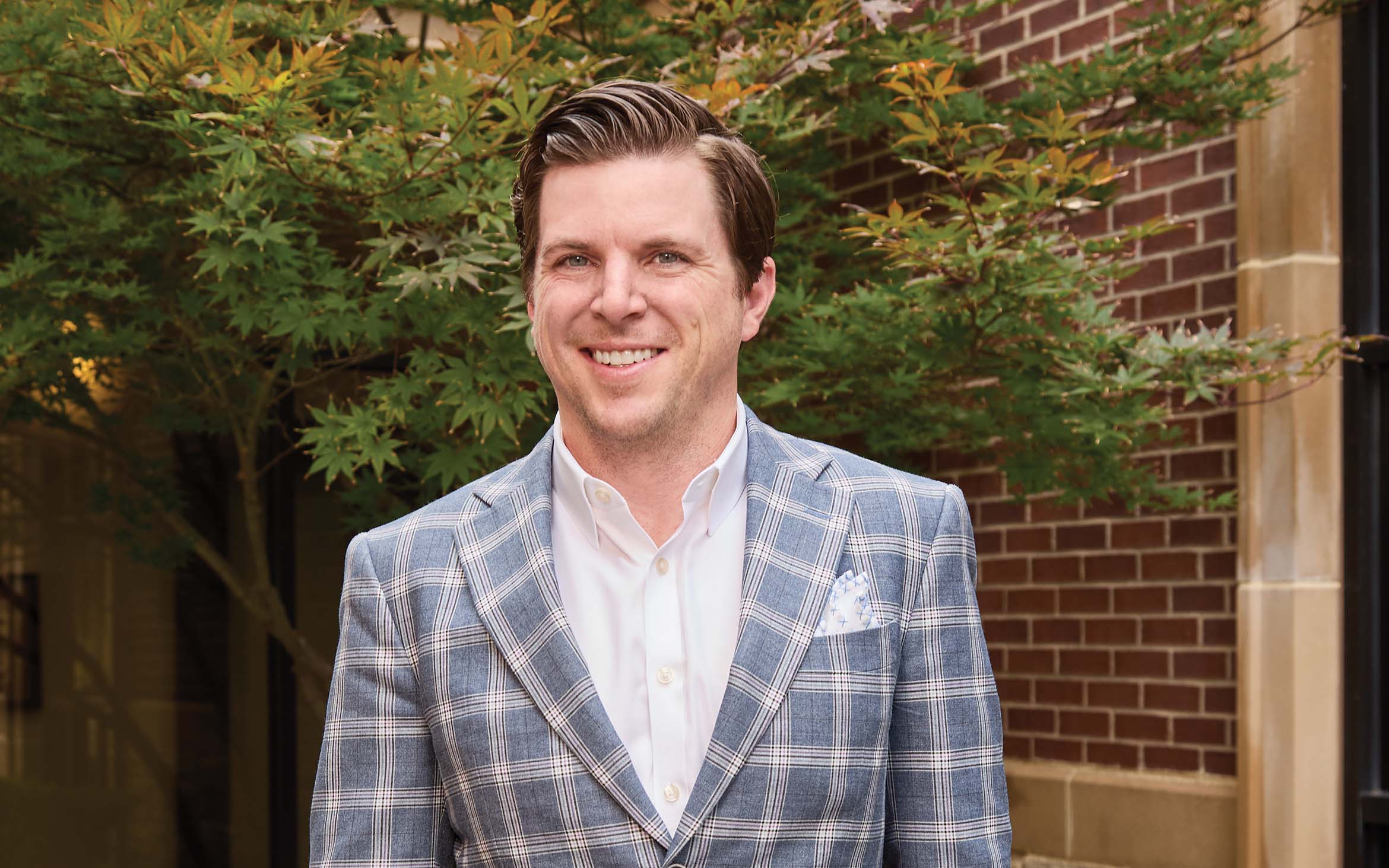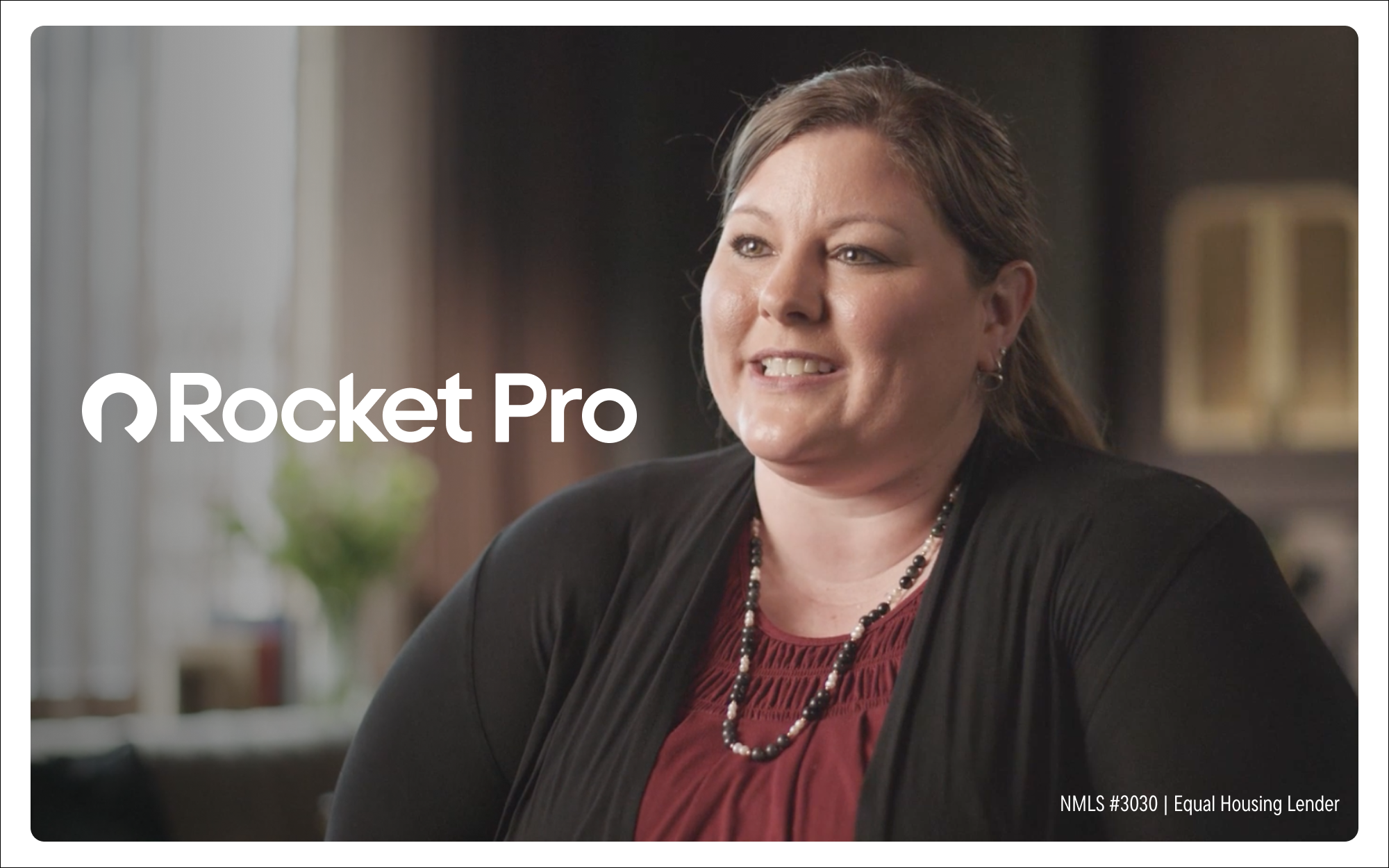Community banks have always thrived in niche markets, and lending in new spaces is just one of the many ways they serve businesses and individuals in their communities. As the market for “green” products and services evolves, we asked community bankers for their ideas about how to serve this niche.
Niche lending ideas: Green products and services
April 01, 2022 / By Beth Mattson-Teig
Community banks have always thrived in niche markets, and lending in new spaces is just one of the many ways they serve businesses and individuals in their communities. As the market for “green” products and services evolves, we asked community bankers for their ideas about how to serve this niche.
Decorah Bank & Trust Co. in Decorah, Iowa, a family- and employee-owned bank, has deep roots in green lending. Former president and CEO Larry Grimstad has long been passionate about renewable energy, and his son, Ben Grimstad, who now heads the bank, shares his interest in sustainability.
Today, the $600 million-asset community bank is active in financing energy efficiency and renewable energy projects in the communities it serves. And as Decorah Bank & Trust was looking for growth opportunities, creating a “green” arm was a strategic next step. It officially launched Greenpenny, a separately branded virtual branch, in June 2020.
“A lot of community banks are working on trying to find growth strategies that go beyond their own geographies, and Decorah Bank & Trust is no exception,” says Greenpenny president Jason MacDuff.
Greenpenny can take deposits nationally, and those deposits are redeployed to finance clean energy and carbon-reducing projects, including solar, wind and geothermal projects for both consumers and commercial businesses. The branch operates with a dedicated staff but can leverage Decorah Bank & Trust’s infrastructure, such as its core operating systems, as well as risk and compliance resources.
Continued growth in this niche
Industry observers see Greenpenny as part of a wave of interest in green banking and loan products. “We’re seeing [an explosion] of new green products—everything from carbon-neutral loans to carbon-neutral cards,” notes Silvia Mensdorff-Pouilly, senior vice president, banking & payments Europe, at financial technology company FIS.
Beneficial State Bank in Oakland, Calif., is another community bank active in this niche. Between its founding in 2007 and December 2020, it provided $135 million in loans to the environmental sustainability sector, according to Jae Easterbrooks, vice president/relationship manager for the $1.5 billion-asset bank.
The loan total includes $42 million in funds to the commercial renewable energy sector (including solar, biogas digester, small and environmentally benign hydro, wind and geothermal). The community bank also purchased a portfolio of $29 million of solar panels on residential rooftops.
Beneficial State Bank provides a variety of environmentally sustainable products and services to customers, too, says Easterbrooks. For example, it helps income-qualified customers in California find affordable financing for the purchase or lease of a new or used hybrid or electric vehicle through the Clean Vehicle Assistance Program. Its Change Maker environmental deposit program rewards customers who have made a business commitment to improve the sustainability of their environmental footprint. And the community bank partners with Aspiration to carry Zero, a climate-neutral credit card.
Government support for green lending
The GSEs are one way community banks can access green mortgage products. Fannie Mae’s HomeStyle Energy mortgage is available to borrowers who are purchasing a home or refinancing an existing home. And Freddie Mac’s GreenCHOICE Mortgage provides financing for energy-efficient improvements with any mortgage product and property type, with financing terms up to 30 years. It supports projects like solar panels and geothermal heating, or activities that reduce a home’s carbon footprint.
Greenpenny, the eco-friendly virtual branch of Decorah Bank & Trust in Decorah, Iowa, offers the GreenCHOICE Mortgage as part of its suite of products. One of the advantages to borrowers, says president Jason MacDuff, is they take out up to 15% of the “as completed” value of the home to make energy-efficient improvements and finance those within their mortgage. Also, from a borrower’s perspective, a GreenCHOICE Mortgage is not considered cash out.
MacDuff adds that the combination of energy savings a homeowner will get from these projects and affordable financing on the mortgage reduces costs and makes refinancing more attractive even in a rising interest-rate environment.
Subscribe now
Sign up for the Independent Banker newsletter to receive twice-monthly emails about new issues and must-read content you might have missed.
Sponsored Content
Featured Webinars
Join ICBA Community
Interested in discussing this and other topics? Network with and learn from your peers with the app designed for community bankers.
Subscribe Today
Sign up for Independent Banker eNews to receive twice-monthly emails that alert you when a new issue drops and highlight must-read content you might have missed.
News Watch Today

Join the Conversation with ICBA Community
ICBA Community is an online platform led by community bankers to foster connections, collaborations, and discussions on industry news, best practices, and regulations, while promoting networking, mentorship, and member feedback to guide future initiatives.












